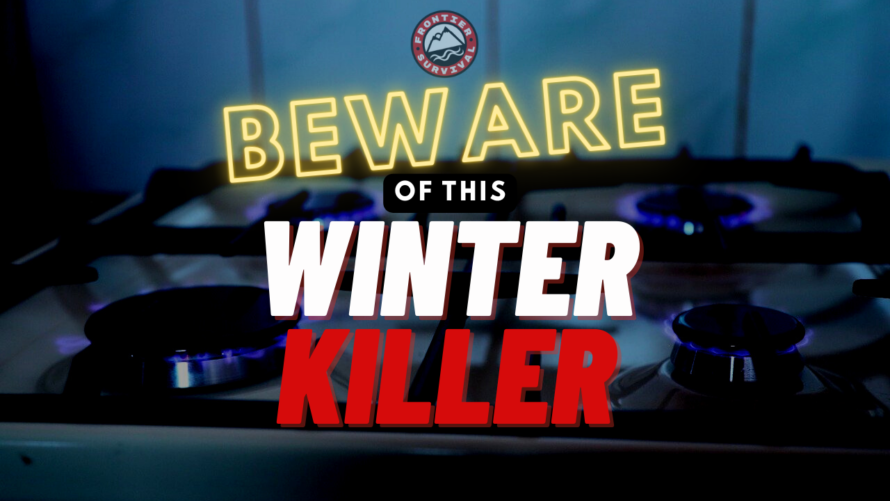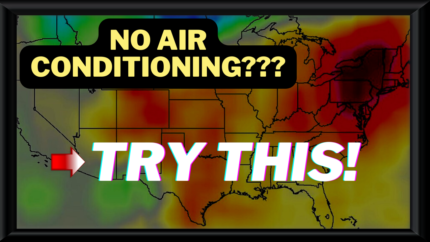If you find yourself in the middle of a winter power outage without any heat then your top priority will be to find a way to get warm.
However, not every potential “heat” source that you may have access to is safe.
In fact, some can be extremely harmful or even fatal if misused.
One of the primary dangers that comes with using the wrong type of heat source is carbon monoxide (CO) poisoning.
Approximately 50,000 people are hospitalized, and over 400 people die, from carbon monoxide poisoning in the US every year.
Not surprisingly, most of these carbon monoxide poisonings happen during the fall and winter months when temperatures drop, and more people are running furnaces and heaters.
That’s why it’s important that you know exactly how to prevent carbon monoxide poisoning in your home this winter…
What is Carbon Monoxide Poisoning?
Carbon monoxide poisoning happens when you breathe in too much carbon monoxide, causing it to flood your bloodstream and deprive your red blood cells of oxygen.
CO poisoning is extremely serious, potentially causing long term brain damage or death.
What are the Symptoms of CO Poisoning?
The scariest part about carbon monoxide is that you might not initially be aware that you are even breathing it.
This is because it is a completely invisible and odorless gas.
Your first indication might only be the initial symptoms you experience from being poisoned.
These symptoms can include headaches, dizziness, confusion, or even sudden flu-like symptoms including vomiting.
How Do You Get CO Poisoning?
Some household appliances, like gas stoves, water heaters, or furnaces, can cause a buildup of carbon monoxide in your home.
However, the main reason it happens is actually due to poor ventilation.
This is especially true when emergency heat sources are used to warm up an indoor space during a winter power outage, or other extreme cold weather event.
3 Ways to Prevent Carbon Monoxide Poisoning In Your Home
1. Heaters
Only use heating devices rated for INDOOR use.
Most will have a label indicating whether or not they’re safe to use indoors.
Many propane and alcohol heaters are designed to use indoors, and you can use wood stoves or gas fireplaces if they are properly vented.
2. Ventilation
Anytime you have ANYTHING burning indoors you need to be able to keep the area properly ventilated.
This means you will inevitably lose some of the heat you’re producing, which may seem counter-intuitive when you’re trying to warm up the space you’re in, but it’s very important to prevent the buildup of carbon monoxide.
3. CO Detectors
Because carbon dioxide is invisible and odorless, you need to have at least one CO detector on every floor of your home.
These devices can detect carbon monoxide gas and alert you to it before it makes you sick.
If you have devices that use propane then you should also have an LP detector.




